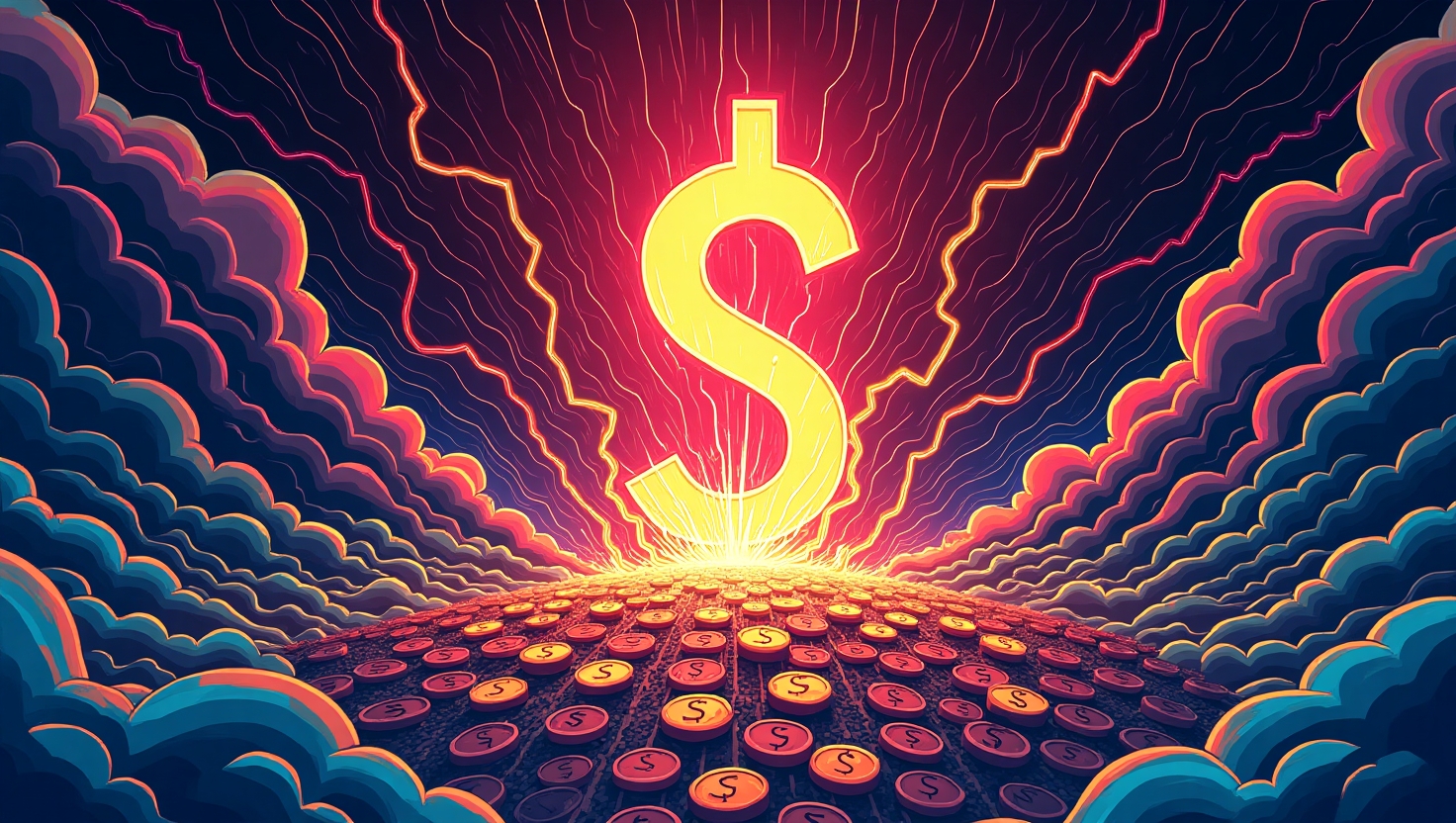Bitcoin Drops to $85K Amid U.S. Economic Concerns

Key Takeaways
- The U.S. Consumer Confidence Report shows a decline of 7.0 points.
- Bitcoin (BTC) experienced strong selling pressure and dropped to a three-month low of 85,000 USD.
- BTC inflows to exchanges exceeded the 5,000 BTC mark three times in a single day.
- Negative sentiment in the U.S. led to panic selling and an increase in exchange netflows.
Decline in U.S. Consumer Confidence
Consumer confidence in the U.S. has fallen to its lowest level in eight months. According to the latest U.S. Consumer Confidence Report, the index dropped by 7.0 points. The main reasons are growing inflation concerns and new tariffs introduced under the second Trump administration.
Many consumers fear that businesses will pass on the additional costs from tariffs to them, potentially driving inflation even higher. As a result, there is less disposable income available for investments or consumer spending.
Rising Bitcoin Inflows to Exchanges
Following the release of the report, Bitcoin investors reacted with uncertainty. According to data from CryptoQuant, BTC inflows to exchanges exceeded the 5,000 BTC mark three times in a single day.
An increase in inflows to crypto exchanges often indicates that investors are looking to sell their holdings. This creates selling pressure and can push the price further down.
Negative Market Sentiment and Panic Selling
The negative sentiment among U.S. investors is also reflected in the Coinbase Premium Index. A negative value in this index suggests that institutional investors in the U.S. are more likely to sell BTC than buy it.
In total, over 15,000 BTC were transferred to exchanges, pushing the exchange netflow to a monthly high of 8,400 BTC. A positive netflow means that more BTC is flowing into exchanges than being withdrawn, indicating increased selling activity.
You should read that too:
-
 Asian Slots – The Best Asia-Themed Online Slot Games
Asian Slots – The Best Asia-Themed Online Slot GamesReading time: ~ 3 minutes
-
 Disco Slots – Best Slots With Disco Theme
Disco Slots – Best Slots With Disco ThemeReading time: ~ 3 minutes
-
 Food and Drink Slots: The Best Slot Games Inspired by Culinary Delights
Food and Drink Slots: The Best Slot Games Inspired by Culinary DelightsReading time: ~ 3 minutes
-
 Versus Odds B.V. Casinos
Versus Odds B.V. CasinosReading time: ~ 3 minutes
-
 Danneskjold Ventures B.V. Casinos
Danneskjold Ventures B.V. CasinosReading time: ~ 3 minutes
Impact on Bitcoin Price
The ongoing selling pressure is also evident in the Taker Buy-Sell Ratio, which has been negative for five consecutive days. This ratio measures buy and sell activity in the market. A negative value indicates that more market participants are selling than buying.
If the economic situation does not improve, the Bitcoin price could continue to decline and reach 86,000 USD. However, if external factors stabilize, BTC could rebound to 90,000 USD.
Our Assessment
The current market situation clearly shows how strongly macroeconomic factors influence the crypto market. The decline in U.S. consumer confidence has led to panic selling, putting pressure on the Bitcoin price.
For investors, it is crucial to closely monitor economic developments. If inflation worsens further or new economic uncertainties arise, selling pressure on Bitcoin could intensify. Conversely, positive economic signals could support a recovery in Bitcoin’s price.
| Symbol | BTC |
| Coin type | Alt Coin |
| Transaction Speed | Slow |
| Pros |
|
| Cons |
|
| Further practical applications | |
| Price | $84,321.00 |
| 24h % | -1.13 % |
| 7d % | -0.14 % |
| 30d % | 1.13 % |
| 60d % | -12.34 % |
| 1y % | 32.06 % |
| Market Cap | $1,674,647,828,211.00 |
| Max. Supply | 21,000,000.00 |
| Official Links | Website | Whitepaper | Source Code |
| Socials | Reddit | X | Message Board |









 Advertising transparency
Advertising transparency